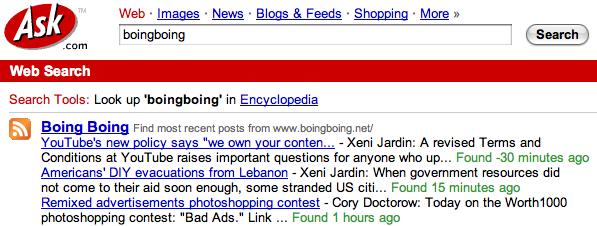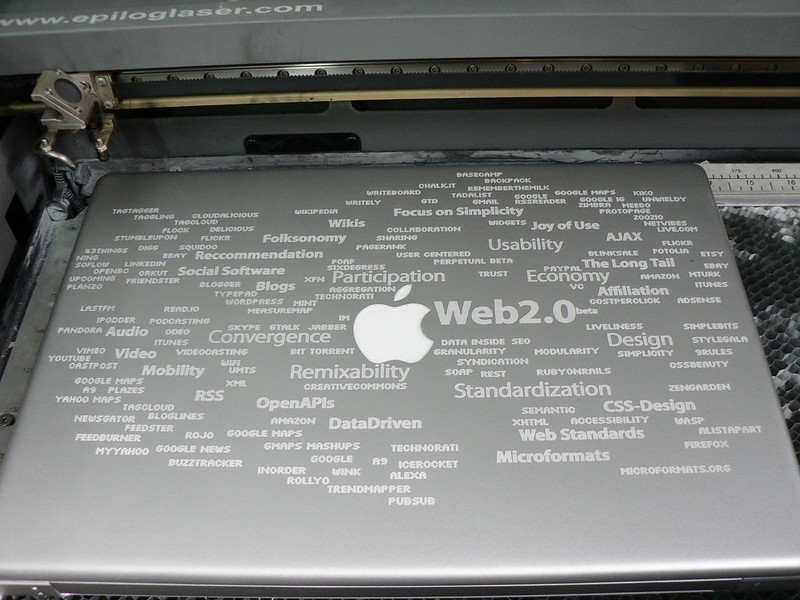Mega social networking site MySpace now requires all members to upgrade their Flash players to version 9 in order to view new embedded content on the site. Flash Player 9 is only three weeks old, released by Adobe on June 28. The required upgrade adds new security restrictions for any new content embedded on the site utilizing the latest supported object properties.
When you add a new embedded object to your page MySpace automatically sets the allowNetworking property of the object to internal restricting external interfaces and links contained within outside Flash files. The new setting disables common calls such as clicking on a Flash widget to view the original site or data provider. It also restricts the use of JavaScript from outside providers.
How will the MySpace requirement drive adoption of the three-week-old Flash player? The new version has lots of new features including better multimedia support, so it would be a good thing if users had it right away and all the new video companies could plan even better features using the same bandwidth. Meanwhile MySpace widget producers will need to write their software using ActionScript 3.0 to make sure they can monetize their content within both the embed and the destination page.






